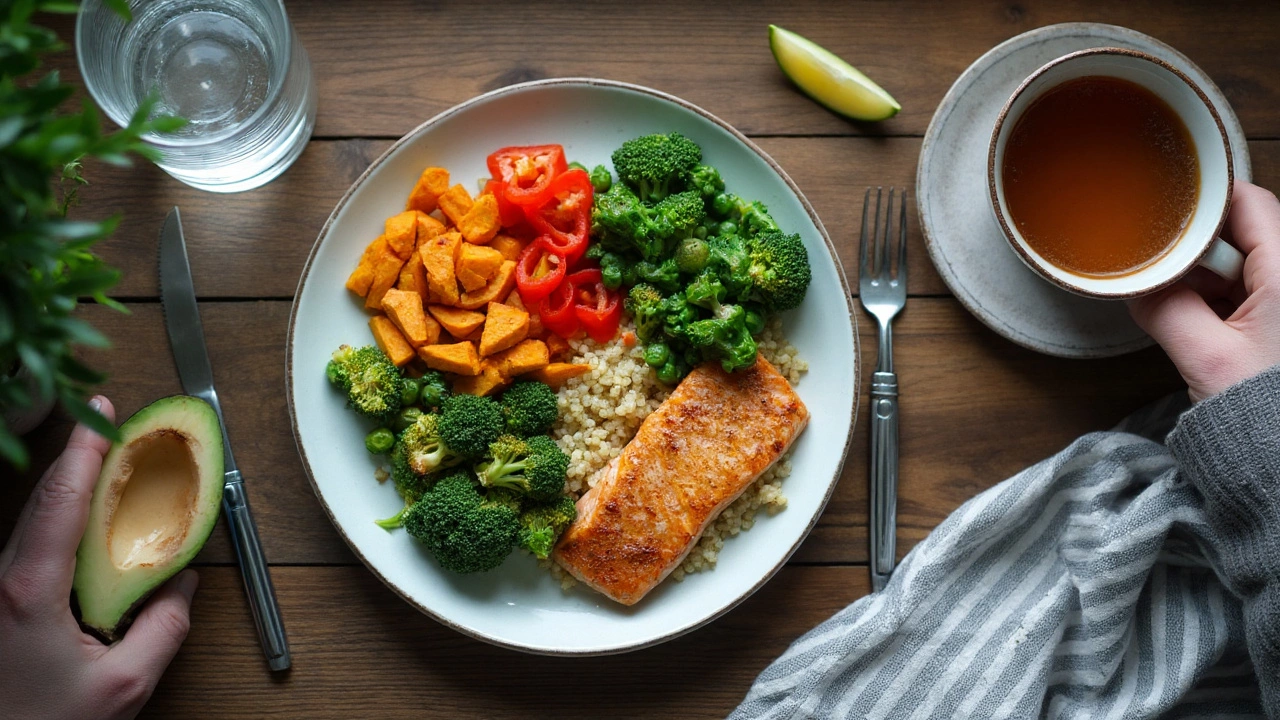Low Calorie Density Foods: Eat More, Stay Fuller
Ever wonder why a big bowl of soup can keep you satisfied while a slice of cake leaves you hungry for more? It’s all about calorie density. Foods with low calorie density give you a lot of volume for few calories, so you can eat a satisfying portion without blowing your budget.
What Is Low Calorie Density?
Calorie density is simply the number of calories in a given weight of food. Think of it as calories per gram. When the number is low, you get more food for the same amount of energy. Water‑rich veggies, fruits, broth‑based soups, and many whole grains fall into this group. They fill your plate, stretch your stomach, and keep cravings at bay.
Why does this matter? Because our bodies often respond to how much we eat, not just the calories. A larger plate tricks the brain into feeling satisfied. That means you can manage weight without feeling deprived.
Best Low Calorie Density Foods to Fill Up
Here are some easy picks you can add to meals right now:
- Leafy greens – Spinach, kale, and lettuce are mostly water and fiber. Toss them into salads or stir‑fry for a big bite.
- Cruciferous veggies – Broccoli, cauliflower, and cabbage are crunchy, filling, and low in calories. Roast them with a splash of olive oil for extra flavor.
- Soups and stews – Start dinner with a broth‑based soup. The liquid adds volume and you’ll eat less of the main dish.
- Fruits with high water content – Watermelon, oranges, and berries give sweet satisfaction without a calorie hit.
- Whole grains – Oats, quinoa, and brown rice swell when cooked, letting you enjoy a hearty bowl with fewer calories.
Combine these foods with a protein source like beans, tofu, or a lean meat. Protein helps keep muscles strong and adds satiety, while the low‑calorie foods bulk up the plate.
Practical tip: Fill half your plate with low‑calorie veggies, a quarter with protein, and the remaining quarter with whole grains or starchy veggies. This simple visual guide keeps portions in check without counting every calorie.
Another shortcut is to use a larger bowl for soups or salads. The bigger the container, the more you’ll serve yourself, and the lower the overall calorie density of the meal.
When you’re snacking, reach for raw veggies with a low‑fat dip or a piece of fruit. These choices give you crunch and sweetness without the empty calories you get from chips or candy.
Remember, low calorie density isn’t about eating bland food. Season with herbs, spices, vinegar, or a squeeze of lemon to lift flavors. You’ll stay satisfied and still keep the calorie count low.
Try this tonight: a big bowl of mixed greens, roasted cauliflower, grilled chicken strips, and a drizzle of balsamic. You’ll feel full, enjoy a variety of textures, and stay within your calorie goals.
Low calorie density is a simple tool that lets you eat more, enjoy meals, and still lose weight. Start adding water‑rich veggies, broth soups, and whole grains to your plate, and watch how quickly the scale steadies while your belly stays happy.
What Is the Most Filling Meal? Science-Backed Foods, Portions, and Meal Ideas
What foods and portions keep you full longest? Build the most filling plate with science-backed rules, easy meals, and a handy satiety table you can use today.
